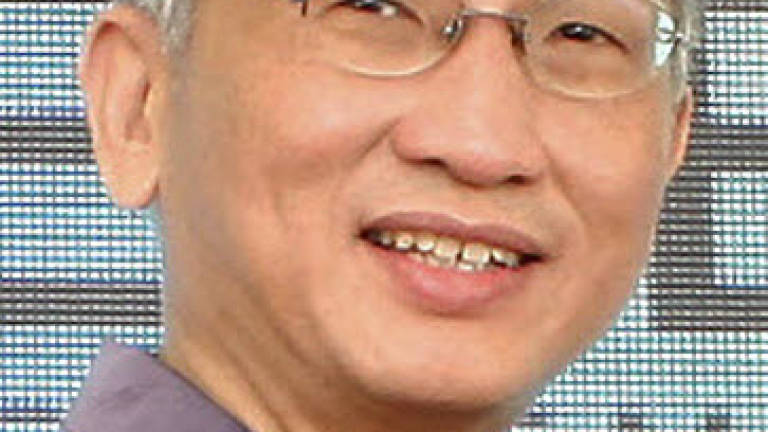A(H1N1) virus in circulation

KUALA LUMPUR: The A(H1N1) virus is back in circulation but at a low level and there is no need to panic, said director of Disease Control Dr Chong Chee Kheong (pix).
Currently, Chong said, the Influenza A virus circulation is at a very low level of about 10% only.
Flu (influenza) viruses are divided into three broad categories: influenza A, B or C. Influenza A is the most common type and the H1N1 flu is a variety of influenza A.
“Since it is very low, there is no need to worry but there will be those who will be infected with the virus,” he said during a health talk here today.
He said the Health Ministry does monitor certain types of viruses such as Respiratory Syncytial virus (RSV), and Coxsackie virus that circulates amongst the Malaysian community.
“By monitoring the viruses, we will know if there is an outbreak or not,” he added.
Chong said the infection rate this year is no different than last year’s, with no spike in Influenza cases that are being reported now.
“There is no spikes in the influenza cases that are being reported. As the virus is part of the virus that circulates in the community, it is expected of people to fall ill from it. There is no change in the number of cases as compared to last year, it is quite stable,” he added.
Last week, the health authorities could not ascertain whether a 10-year-old pupil in Malacca had died of A(H1N1) influenza virus or encephalitis or both.
Meanwhile, on the two army trainees reported to be suffering from meningoencephalitis at the Army Training Centre in Port Dickson, Chong said the Health Ministry is taking measures to contain the spread while investigation is in progress.
“Initial findings reveal it may be a bacteria infection. All those who were in contact with the army officers who had meningoencephalitis are being screened to ensure they have not contracted the bacteria,” Chong said.
He said that if it was indeed a bacterial infection, it is curable.
“If it is caused by viruses, we need to narrow down which virus is it. Some virus have no cure but supportive treatment will improve the patients chances,” he added.
One of the trainees is being treated at the Port Dickson hospital’s intensive care unit while the other at Kuala Lumpur Hospital.